- What about editing language understanding did you notice?
- I noticed the J cut in the beginning when the chopper is flying over the forest of Vietnam
- I noticed the hard cut that they did when they cut to the guy almost throwing up
- And there was an L cut when they were getting ready to cut to the guy shooting the LMG
- There were also J, L, and hard cuts in their conversation about making a story for the gunner
- They also added some flash to the end of the gun
- They also added a long fade at the end of their conversation to the outside of the chopper
- What did you like about the film clip?
- I liked how it smoothly transitioned in the whole clip
- I like how they got a shot of the chopper flying over the rising sun
- What question do you have from what you saw?
- How did they make the cuts cut really quickly as if there was no cut?
- What I learned from this exercise is that old movies still have good editing even for their age.
Film Analysis: Death Race: Beyond Anarchy
| Film Title: Death Race: Beyond Anarchy | |
| Year: 2018 | |
| Director: Don Michael Paul | |
| Country: United States | |
| Genre: Science Fiction Action Film |
Film information can be found at imdb.com
As you view films, consider how the cuts, camera angles, shots, and movement work to create particular meanings. Think about how they establish space, privilege certain characters, suggest relationships, and emphasize themes. In addition to shot distances, angles, editing, and camera movement, note details of the narrative, setting, characters, lighting, props, costume, tone, and sound.
Ask yourself the following questions:
| TOPIC | YOUR NOTES |
| 1. Who is the protagonist? | Conner Gibson |
| 2. Who is the antagonist? | Franck |
| 3. What is the conflict? | |
| 4. What is the theme or central, unifying concept? (summarize in one or two words) | anancy death |
| 5. How is the story told (linear, with flashbacks, flash-forwards, at regular intervals) | regular intervals |
| 6. What “happens” in the plot (Brief description)? | Conner gets dropped off in sprawl. meets some people wins fight to the death gets women races in the death race turns out to be cop. there are 2 cops. second cop kills Franck. Conner becomes Franck |
| 7. How does the film influence particular reactions on the part of viewers (sound, editing, characterization, camera movement, etc.)?Why does the film encourage such reactions? | There is a lot of yelling for each other to kill. most females are half-naked and fully naked. The males are wearing clothes like in mad max. The camera moves around in a way to show/hide may things and to follow the drivers. |
| 8. Is the setting realistic or stylized?What atmosphere does the setting suggest?Do particular objects or settings serve symbolic functions? | based on the current time. The setting is a walled-in town about 185 square miles that are full anarchy are they send the worst of the worst prisoners. |
| 9. How are the characters costumed and made-up?What does their clothing or makeup reveal about their social standing, ethnicity, nationality, gender, or age?How do costume and makeup convey character? | Everyone wears similar clothes. Post-nuclear war motorhead style of clothes. The only person to wear any other kinds of clothes is Franck with his mask. |
| 10. How does the lighting design shape our perception of character, space, or mood? | it makes it look dirty. |
| 11. How do camera angles and camera movements shape our view of characters or spaces?What do you see cinematically? | The camera angles show off there driving and there relationships |
| 12. What is the music’s purpose in the film?How does it direct our attention within the image?How does it shape our interpretation of the image?What stands out about the music? | The music shows that they are hardcore stuffs about to get dicey |
| 13. How might industrial, social, and economic factors have influenced the film?Describe how this film influences or connects to a culture? | I don’t know how it does |
| 14. Give an example of what a film critic had to say about this filmUse credible sources and cite sourcesExample: “The Shawshank Redemption Movie Review (1994) | Roger Ebert.” All Content. N.p., n.d. Web. 24 June 2015. | “Since when did it come more bout dumb bimbos running round naked and touching themselves up than the death race itself? It’s a pity they ruined it with all the pointless bimbos coz there was some decent actors in it it could have been a lot better.” 2/4/2018 by debspower on IMDb |
| 15. Select one scene no longer than 5 minutes that represents well the whole film and shows relevant cinematic elements.Write a one-sentence description of the scene and record the time of the scene. Example, from 1:05:00 to 1:10:00.Explain why you chose this scene. | Everyone finds out that the mc is a cop and doesn’t like him then they go through all the racers. 1:11:00 to 1:16:00. I chose this scene because it shows off the death race and the nudity and cars. The only thing it doesn’t show is the killing. |
| 16. In the selected scene: write a sentence for each of the elements below to justify why this scene best represents the film: | |
| a. Screenwriting: The way shows the way the fight and move on to each of the drivers | |
| b. Sound Design: The audio is good | |
| c. Camera Movements/Angles: The camera keeps moving except for when and for the racers it would jump to each racer | |
| d. Light Setup: The lighting is like most of the other lighting mostly natural sunlight | |
| e. Soundtrack/Score:The music. | |
| 18. What’s the socio-cultural context of this film? | They are mostly crazy people that want death. In the movie it is said around 19k die and 20k come in each year. |
This worksheet was developed with ideas from many IB Film teachers, thus should remain in the Creative Commons
Film – Week 14 – Intro to Analysis

“Judy Garland, Hedy Lamarr and Lana Turner” by classic film scans is licensed under CC BY 2.0
“Analysis gave me great freedom of emotions and fantastic confidence. I felt I had served my time as a puppet.”
Hedy Lamarr – Read about 1930s actress Hedy Lamarr-inventor of cellphones, Wi-Fi and GPS
SUMMARY
- Write your weekly summary here, last, at the end of the week…
- Only one to two sentences of WHAT YOU DID
- DELETE ALL OF MR. LE DUC’s INSTRUCTIONS, AFTER YOU ARE DONE
CLASSROOM (THEORY & ANALYSIS)
OUTSIDE (CREATIVITY, PRODUCTIVITY & THE BRAIN)

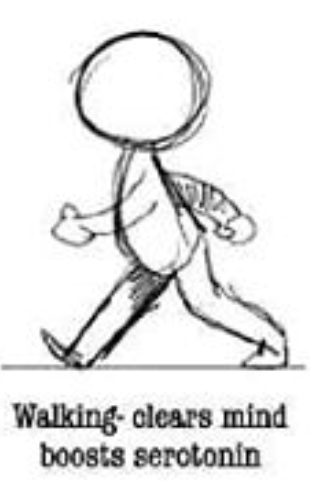
The first one I don’t to worry about as much as the others because I don’t look at any news sources I should still find a news source to watch to keep in touch with what is going on in the world. One I need to work on the most is self-care since I lack much dopamine and serotonin but I have much oxytocin and endorphin (based on the description of the chemicals).
WHAT I LEARNED and PROBLEMS I SOLVED
I have learned that need to keep in touch with what is going on in the world. What problem I have solved is why I may have a lack of dopamine and serotonin (based on the description of the chemicals).
- Write only a few sentences of WHAT YOU LEARNED
- In one or two sentences, describe a PROBLEM YOU SOLVED
- DELETE ALL OF MR. LE DUC’s INSTRUCTIONS, AFTER YOU ARE DONE
Film – Week 13 – Changes

“The most honest form of filmmaking is to make a film for yourself.”
― Peter Jackson, Link
OUTSIDE (CREATIVITY, PRODUCTIVITY & THE BRAIN)
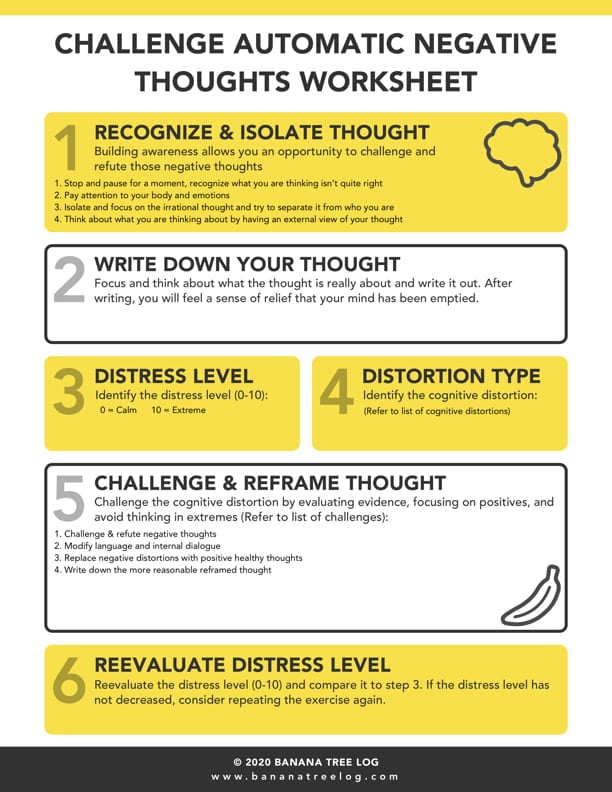

I feel that this can be very helpful for most but the problem is when it comes to people that don’t have the time to sit down write down their problems and then go over it. That’s why prefer to step back take a breath then bet back into it with a clear head ready to accomplish the task calmly.
WHAT I LEARNED and PROBLEMS I SOLVED
What I have learned is a more complete way of removing bad thoughts’. This could be better for me to do at the end of every day other than keeping everything inside.
60 Second Flim: LogLine 60sec video
Summary
This Film I have made is about how a cluttered teen has to make a log line or else they will fail the grade. This cluttered teen has been putting it off for meany weeks but when he has little time to make it he is rushing to make it and comes up with the log line and film at the same time. I call that killing 2 birds with 1 stone.
Feedback Quetions
- did it portray the teen as being cluttered
- was there enough emotion
- was it funny
Credits
I liked the use of music to change the audience’s perception of the scene -Neil Anderson
I like the heart beat at the end and the music -Brian Favorite
Film – Week 11 – Updating Workflow – Mind Like Water
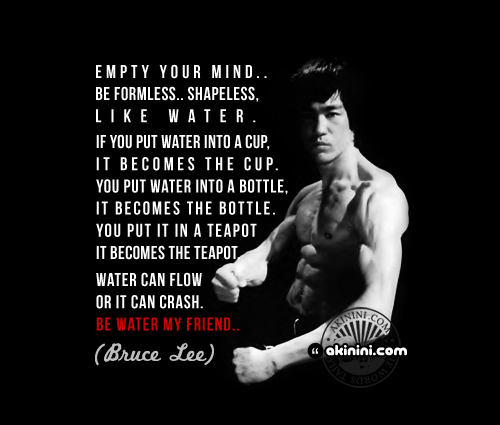
“‘Be shapeless and formless.. like water’ (Bruce Lee)” by Akinini.com is licensed under CC BY-NC-ND 2.0
“Have a mind like water.”
― David Allen, GTD
SUMMARY
- Write your weekly summary here, last, at the end of the week…
- Only one to two sentences of WHAT YOU DID
- DELETE ALL OF MR. LE DUC’s INSTRUCTIONS, AFTER YOU ARE DONE
PRACTICE ROOM (TUTORIALS)
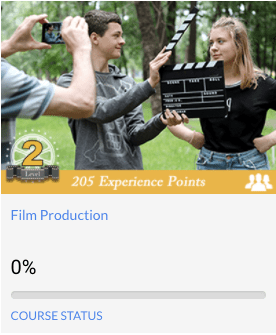

- Set a timer for 60 minutes in this ‘room’
- Complete up through pre-production in SneakOnTheLot.com
OUTSIDE (PRODUCTIVITY & THE BRAIN)
- Set a timer
- Spend 15 minutes in this ‘room’


- Exercise more
- Listen to more music
- Play social games
Story of Film – Episode 1 – Birth of the Cinema
The following material is from Wikipedia
Introduction
- Saving Private Ryan (1998) dir. Steven Spielberg
- The shakey camera bobbing up and down in and of the water
- Three Colors: Blue (1993) dir. Krzysztof Kieślowski
- The white light links the women
- Casablanca (1942) dir. Michael Curtiz
- The highlights in their eyes connect them and the camera focusing on the shows the MCs
- The Record of a Tenement Gentleman (1947) dir. Yasujirō Ozu
- Showing the cat and other clips show them just getting home
- Odd Man Out (1947) dir. Carol Reed
- Man sees his troubles in a drink
- Two or Three Things I Know About Her (1967) dir. Jean-Luc Godard
- using the man seeing their troubles in bubbles from Odd Man Out
- Taxi Driver (1976) dir. Martin Scorsese
- Simular to the other two but also figures out the cosmos
- The French Connection (1971) dir. William Friedkin
- Thought to be in the papers
1895-1918: The World Discovers a New Art Form or Birth of the Cinema
- Traffic Crossing Leeds Bridge (1888) dir. Louis Le Prince
- The Kiss (1896 film) (a.k.a. May Irwin Kiss) (1896) dir. William Heise
- A little moment most could understand
- Workers Leaving the Lumière Factory (1895) dir. Louis Lumière
- Everyday life workers at Lumiere Factory
- Arrival of a Train at La Ciotat (1896) dir. Louis Lumière
- Felt train was coming at them
- Annabelle Serpentine Dance (1894-1896 ?) dir. William Kennedy Dickson or William Heise
- Normally live shows that aren’t live
- Sandow (1894) dir. William Kennedy Dickson
- What Happened on Twenty-third Street, New York City (1901) dir. George S. Fleming and Edwin S. Porter
- Cendrillon (1899) dir. Georges Méliès
- Makes man appear
- Le voyage dans la lune (1902) dir. Georges Méliès
- La lune à un mètre (1898) dir. Georges Méliès
- The Kiss in the Tunnel (1899) dir. George Albert Smith
- First to film in front of train gave goshstly effect
- Shoah (1985) dir. Claude Lanzmann
- 2001: A Space Odyssey (1968) dir. Stanley Kubrick
- The Sick Kitten (1903) dir. George Albert Smith
- First close up
- October: Ten Days That Shook the World (1928) dir. Sergei Eisenstein
- Once Upon a Time in the West (1968) dir. Sergio Leone
- The Corbett-Fitzsimmons Fight (1897) dir. Enoch J. Rector
1903-1918: The Thrill Becomes Story or The Hollywood Dream
- Life of an American Fireman (1903) dir. Edwin S. Porter
- Transtion
- Sherlock Jr. (1924) dir. Buster Keaton
- The Horse that Bolted (1907) dir. Charles Pathé
- The Assassination of the Duke of Guise (a.k.a. The Assassination of the Duc de Guise) (1908) dir. Charles le Bargyand André Calmettes
- reverse angle shot
- Vivre sa vie (1962) dir. Jean-Luc Godard
- Those Awful Hats (1909) dir. D. W. Griffith
- The Mended Lute (1909) dir. D. W. Griffith
- The Abyss (1910) dir. Urban Gad
- Stage Struck (1925) dir. Allan Dwan
- The Mysterious X (1914) dir. Benjamin Christensen
- Cross-cutting
- Häxan (1922) dir. Benjamin Christensen
- Ingeborg Holm (1913) dir. Victor Sjöström
- The Phantom Carriage (1921) dir. Victor Sjöström
- Shanghai Express (1932) dir. Josef von Sternberg
- The Story of the Kelly Gang (1906) dir. Charles Tait
- First feature film
- The Squaw Man (1914) dir. Oscar Apfel and Cecil B. DeMille
- The Empire Strikes Back (1980) dir. Irvin Kershner
- Falling Leaves (1912) dir. Alice Guy-Blaché
- Suspense (1913) dir. Phillips Smalley and Lois Weber
- The Wind (1928) dir. Victor Sjöström
- Rescued from an Eagle’s Nest (1908) dir. J. Searle Dawley
- The House with Closed Shutters (1910) dir. D. W. Griffith
- Way Down East (1920) dir. D. W. Griffith
- Orphans of the Storm (1921) dir. D. W. Griffith
- The Birth of a Nation (1915) dir. D. W. Griffith
- Rebirth of a Nation (2007) dir. DJ Spooky
- Cabiria (1914) dir. Giovanni Pastrone
- Intolerance (1916) dir. D. W. Griffith
- Souls on the Road (a.k.a. Rojo No Reikan) (1921) dir. Minoru Murata
Film – Week 10 – GTD – Getting Things Done – Part 2
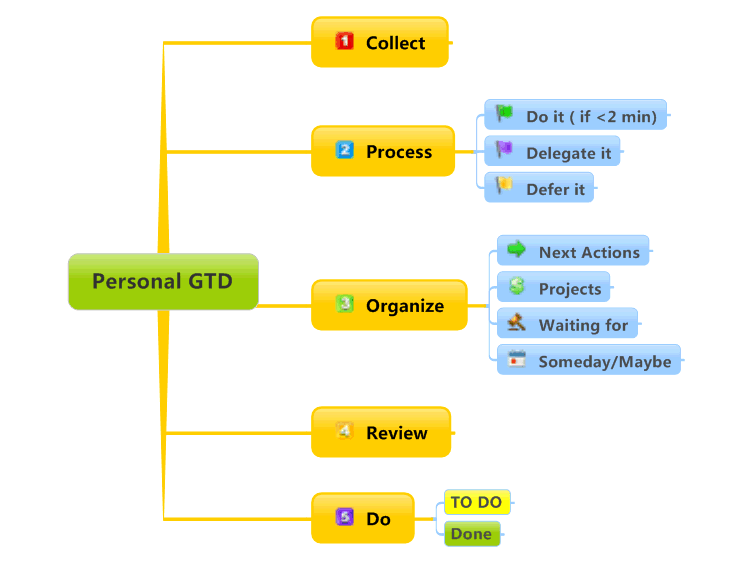
Teens are overwhelmed, partly because they don’t yet have the skills to manage the unprecedented amount of stuff that enters their brains each day. – from LifeHacker.com
“Your mind is for having ideas, not holding them.”
“You can do anything, but not everything.”
― David Allen, (GTD) Getting Things Done for Teens: Take Control of Your Life in a Distracting World
SUMMARY
This week was my birthday. I was very very grateful for making to 15 and everyone wishing a happy birthday. Also the present. I got much of my homework done.
CLASSROOM (THEORY & ANALYSIS)

The GTD process will be helpful personally so I don’t forget about assignments. I will be using a GTD system from now on. I am for now going to be using Trello as my GTD system.
LAB (THEORY PRACTICED)


Two GTD Maps: Basic and Detailed
- Detailed map by guccio@文房具社 icensed under CC BY-NC 2.0
- Basic map from BiggerPlate.com embedded below
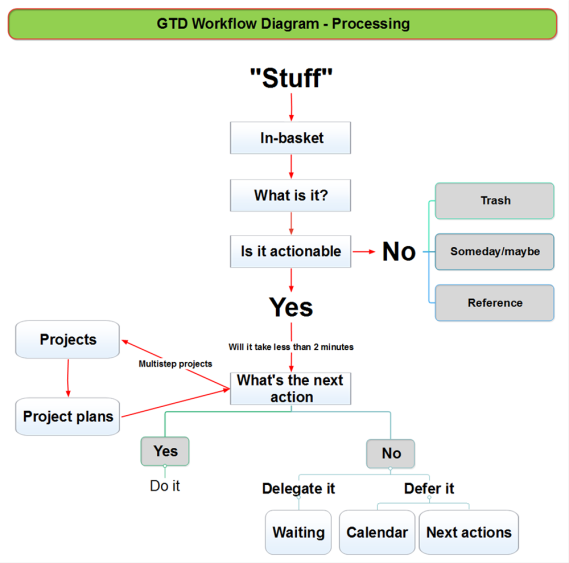
GTD-based Trusted System

- A trusted system is your method for managing your tasks in a way that you consistently get things done
- Trello.com with a – GTD Template
STUDIO (CREATING MAPS)
- David Allen steps summarized
- “Very simple folks! …
- Just WRITE STUFF DOWN
- Decide the ACTIONS and OUTCOMES embedded in them
- Get yourself a MAP OF ALL THAT so you can step back and take a look at it.
- And then, basically, you USE THE MAP TO DECIDE, “OK, here’s the course that we’re going to go on.”
- You then LAUNCH the ‘ship’ on a trusted course in the short term, as well as on the long horizon that you’re moving on.
- And then, on a regular basis, you need to REASSESS, “OK, we need to take in NEW DATA, CLEANUP, RECALIBRATE, and REFOCUS for the next leg of the journey.”
- “Very simple folks! …
WHAT I LEARNED and PROBLEMS I SOLVED
What I learned is what a GTD system is. The GTD system is when I start to implant it to remind me about assignments I haven’t finished yet.
Film – Week 8 – Screenwriting
“You can’t fix a bad script after you start shooting. The problems on the page only get bigger as they move to the big screen.” – Howard Hawks
SUMMARY
PRACTICE ROOM (TUTORIALS)

CLASSROOM (THEORY & ANALYSIS)

- There are a lot more roles than I thought in making a film. Like how there are 4 different parts in just getting the picture. Film was started in an interesting way.
OUTSIDE (CREATIVITY & THE BRAIN)

- Jimmy punched Billy to get his Lamborghini Urus Venus back.
- Jimmy ran towards school but Billy got in the way.
- Jimmy flew into the air to save Jimmy from Billy.
- Jeffery was trying to play Minecraft with Jimmy but Billy said no.
- Fillup was trying to build lego then Billy broke lego.
- Jennifer was trying to when a grand pre on foot then Billy was slowly catching up to her in his Lamborghini.
- Billy was drinking apple juice then got smacked by Suzen.
- Suzen was trying to drink her wine then Billy smacked her.
- Bill wanted to make a lot of money but life said no.
- Billy was trying to beat Halo 2 then Jenny smacked the controller out of his hand.
- Jenifer was going on a walk then Jenny be like lol you lay noooob.
- Jenny and Billy had a fight for who is the most antagonist.
- Suzen wanted to be the most antagonist but she had to fight Jenny and Billy to the death.
STUDIO (FILMING)

WHAT I LEARNED and PROBLEMS I SOLVED
- I am known for being a problem solver. I have solved what was wrong with my Wii u and many other things.
Week 9 – GTD – Getting Things Done – Part 1

“Day 092/366 – To Do List” by Great Beyond is licensed under CC BY-NC-SA 2.0
Your toughest work is defining what your work is! – Peter Drucker
SUMMARY
- Write your weekly summary here, last, at the end of the week…
- Only one to two sentences of WHAT YOU DID
- DELETE ALL OF MR. LE DUC’s INSTRUCTIONS, AFTER YOU ARE DONE
PRACTICE ROOM (TUTORIALS)

In this ‘room’ you are going to try Getting Things Done (GTD).
STEP 1: MAKE A LIST
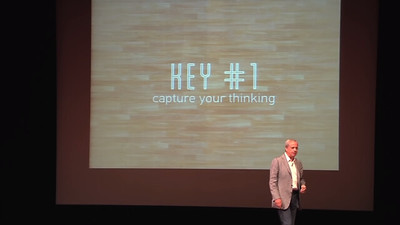
- Film: Week 8
- Science: Module 2
- PE: Week 4 October
STEP 2: NOTICE WHAT YOU NOTICED
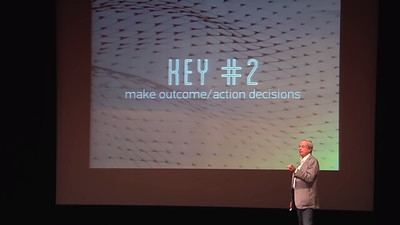
- PE: Week 4 October
- Film: Week 8
- Science: Module 2
STEP 3: SET A TIMER

- Set a timer for your first task
- Decide how long you think it will take before you start
- Start working
- Repeat this process for 45 minutes for as many tasks as you can complete, then take a 15-minute break
- Get up and get a drink of water
- Get up and go for a walk
- Every 20 minute blink your eyes 20 times while looking at least 20 feet away
- This is good for your eyes
Start steps 1 through 3 again, repeat for your school day
OUTSIDE (PRODUCTIVITY & THE BRAIN)
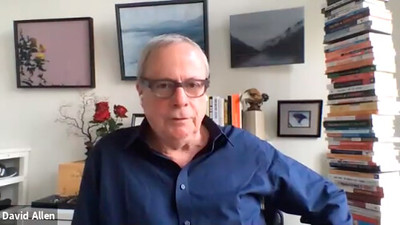
- Set a timer
- Spend up to 20 minutes in this ‘room’
- Watch the first 30 seconds of this Oct. 2020 interview with David Allen
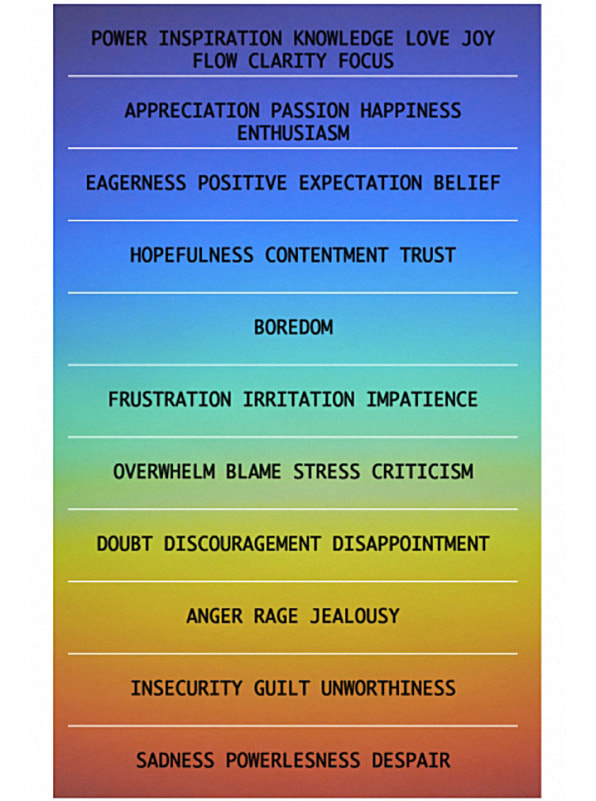
- Reflect on GTD and getting to the top of the colorful list above for a minute
- How can the GTD process help you tame the crazy-busy dragon of modern life?

- Then, go for a 15-minute walk, if it is safe to do so
- Write a few sentence reflection
- DELETE ALL OF MR. LE DUC’s INSTRUCTIONS, AFTER YOU ARE DONE
OPTIONAL EXERCISE – Literally, read the article and go for another walk 🙂

“I coach C-suite executives and rising stars from the earliest startups to Fortune 100 companies. My passion is to help ambitious leaders achieve their full human potential.” – Read more about Katia…
- Set a timer
- Spend up to 15 minutes reading…
- FastCompany Magazine article about Katia Verresen’s techniques and GTD, https://www.fastcompany.com/3026827/the-brain-hacks-top-founders-use-to-get-the-job-done
- Then, go for another 15-minute walk, if it is safe to do so
- DELETE ALL OF MR. LE DUC’s INSTRUCTIONS, AFTER YOU ARE DONE
WHAT I LEARNED and PROBLEMS I SOLVED
- Write only a few sentences of WHAT YOU LEARNED
- In one or two sentences, describe a PROBLEM YOU SOLVED
- DELETE ALL OF MR. LE DUC’s INSTRUCTIONS, AFTER YOU ARE DONE
WEEKLY ACTIVITY EVALUATION
- Give feedback on this week’s class Content and Process
- Fill in the Weekly Activity Evaluation
- DELETE THIS WHOLE SECTION, AFTER YOU ARE DONE